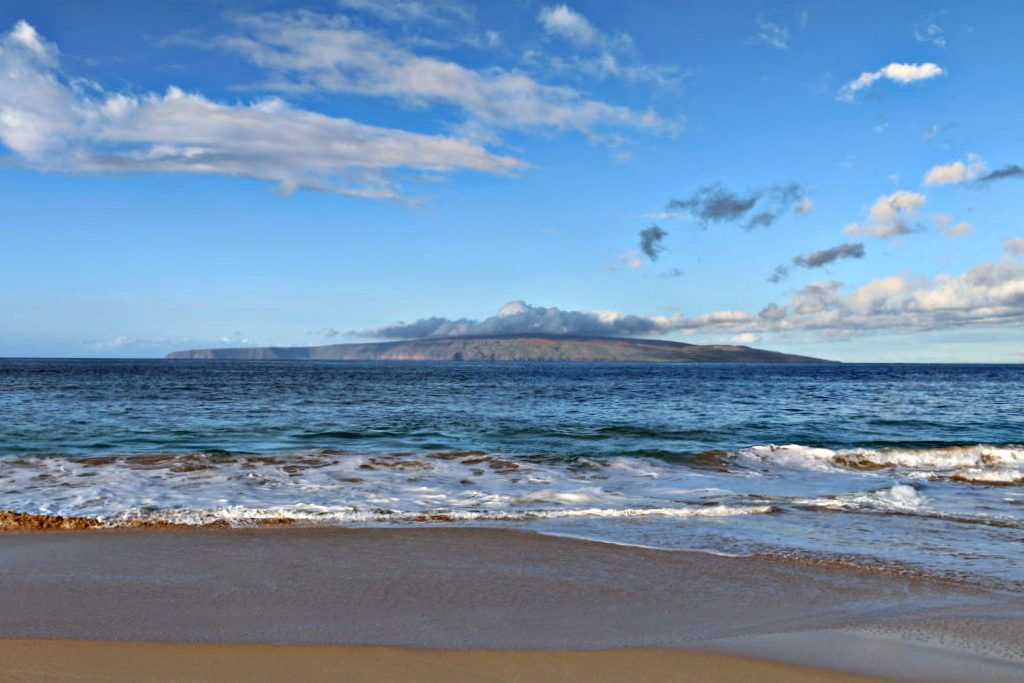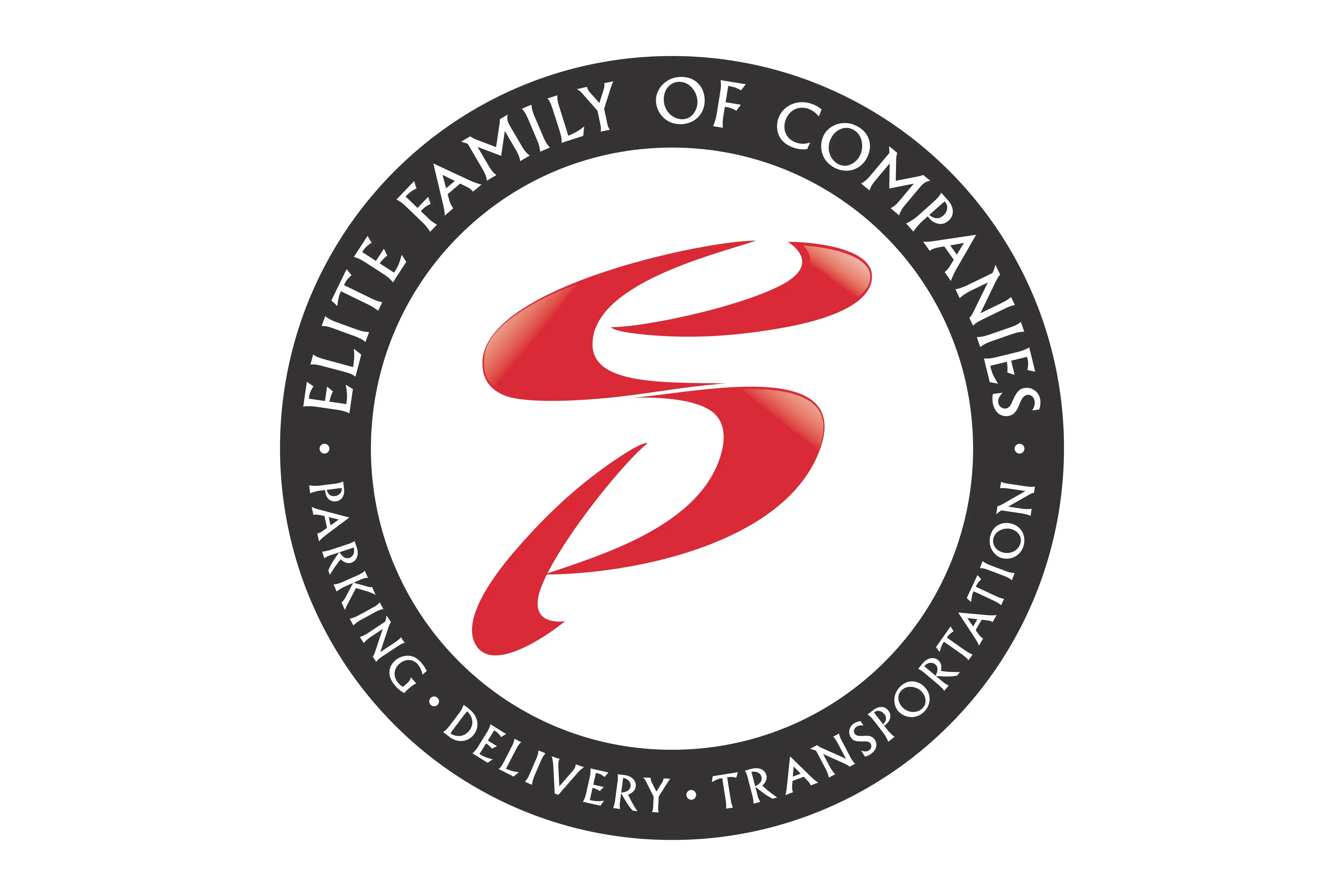2.5 Tons of Plastic Collected in Kaho‘olawe Cleanup

Kaho‘olawe from Big Beach, Mākena. PC: Nikki Schenfeld
Greenpeace’s Arctic Sunrise is wrapping up its Hawaiian tour highlighting the threat of plastic pollution to our oceans, waterways and communities.
Earlier this week, the crew and staff on board partnered with the Protect Kaho‘olawe ‘Ohana and the Kaho‘olawe Island Reserve Commission to hold a beach cleanup and brand audit at Kaho‘olawe, finding multiple household brands and consumer goods littering the shores of the sacred island.
The groups collected an estimated 2.5 tons of plastic waste, which is being transferred to Honolulu.
In addition to branded food and personal care items, much of the plastic found on Kaho‘olawe was discarded commercial fishing gear—including crates, buoys and nets—as well as tiny microplastics that could not be easily cleaned up.
Greenpeace recently concluded an expedition to the Great Pacific Garbage Patch that found 11 times more microplastics in the middle of the Pacific than near major U.S. cities.
The Arctic Sunrise will sail into Honolulu Harbor at 3 p.m. on Wednesday Oct. 24. It will be docked at Brewer’s Wharf (79 S Nimitz Highway) and open to the public for free tours of the ship from 10 a.m. to 5 p.m. on Oct. 27 and 28.
Greenpeace’s Arctic Sunrise has a rich history. The Russian government seized the ship and the 30 peaceful activists on board in 2013 when Greenpeace protested Arctic oil drilling by the Russian company Gazprom. The Arctic Sunrise was also the first ship to circumnavigate James Ross Island in the Antarctic. It has worked to stop Japanese whaling fleets’ attempts to pursue their so-called scientific whaling program, chased private vessels fishing illegally, navigated both the Congo and the Amazon, and performed an independent assessment of the BP Deepwater Horizon oil spill in the Gulf of Mexico. Most recently the Arctic Sunrise spent January and February doing research in Antarctica to build the case for establishing the world’s largest marine sanctuary in the Southern Ocean.










